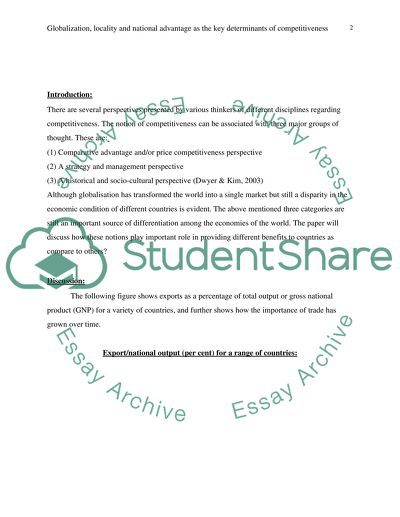Cite this document
(“Globalization, Locality and National Advantage as the Key Determinants Research Paper”, n.d.)
Globalization, Locality and National Advantage as the Key Determinants Research Paper. Retrieved from https://studentshare.org/marketing/1504611-international-trade-essay
Globalization, Locality and National Advantage as the Key Determinants Research Paper. Retrieved from https://studentshare.org/marketing/1504611-international-trade-essay
(Globalization, Locality and National Advantage As the Key Determinants Research Paper)
Globalization, Locality and National Advantage As the Key Determinants Research Paper. https://studentshare.org/marketing/1504611-international-trade-essay.
Globalization, Locality and National Advantage As the Key Determinants Research Paper. https://studentshare.org/marketing/1504611-international-trade-essay.
“Globalization, Locality and National Advantage As the Key Determinants Research Paper”, n.d. https://studentshare.org/marketing/1504611-international-trade-essay.


